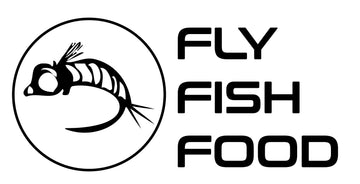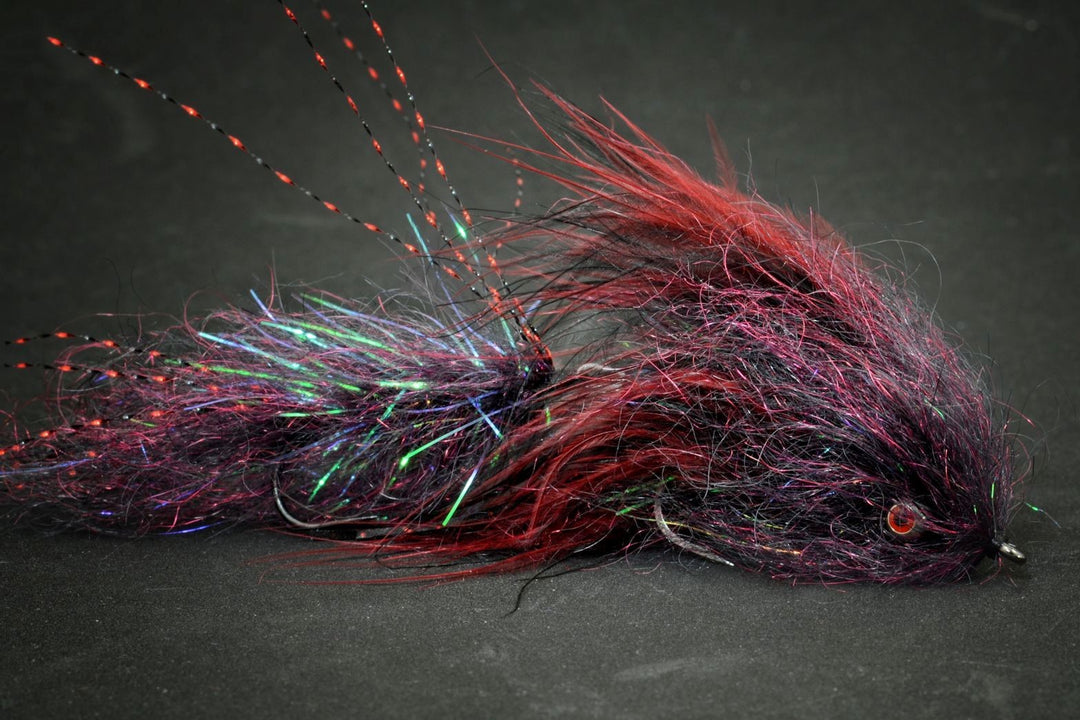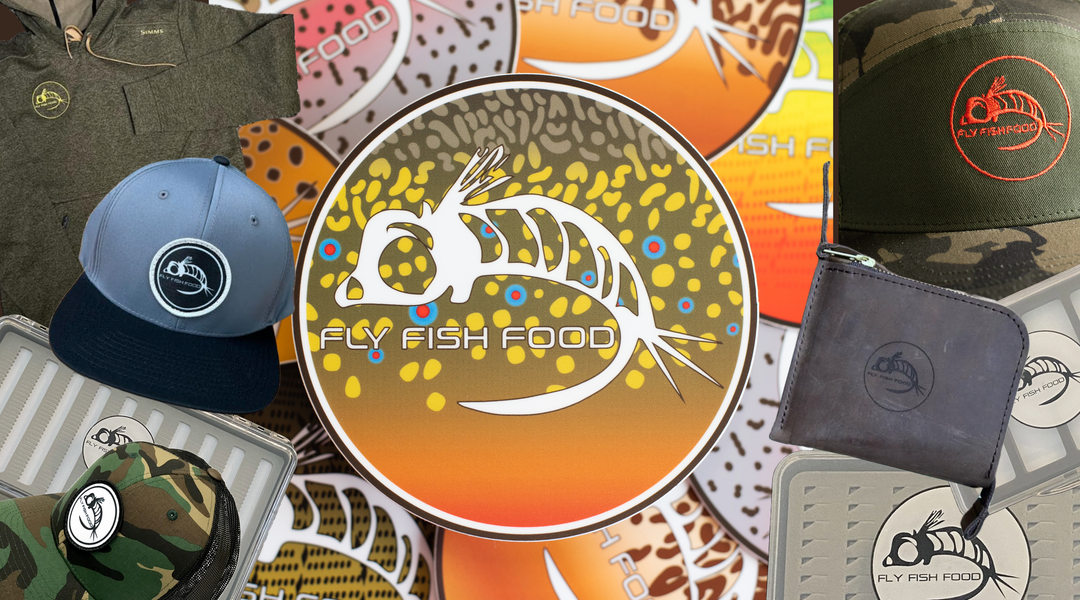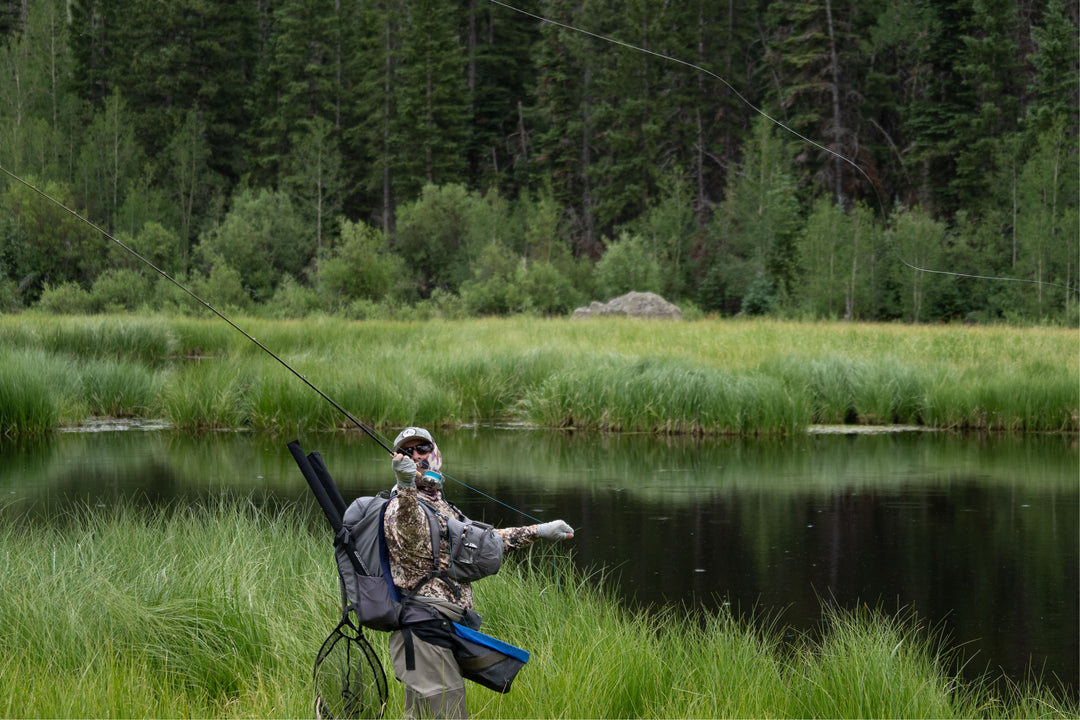San Juan River Fly Fishing Report - August 8/23/2025
SAN JUAN RIVER FLY FISHING REPORT
New Mexico — Classic Tailwater, Technical Fishing
Report Date: August 23, 2025 | Next Update: August 30, 2025
Current River Conditions
Water clarity is exceptional and trout are selective — small flies and precise presentation will pay off. Midge and BWO activity dominates daily patterns; midges early, BWOs mid‑day.
Flows & Origin
Reported flow: ~950–1,000 cfs (late August typical tailwater release pattern)
Water source: Navajo Reservoir release / regulated tailwater
Notes: Flows stable — no sudden high‑water events expected.
Reported flow: ~950–1,000 cfs (late August typical tailwater release pattern)
Water source: Navajo Reservoir release / regulated tailwater
Notes: Flows stable — no sudden high‑water events expected.
Water Temperature & Clarity
Temp: mid 40s °F (~42°F reported in recent checks)
Clarity: Very clear — long casts, long leaders, and small tippets required.
Temp: mid 40s °F (~42°F reported in recent checks)
Clarity: Very clear — long casts, long leaders, and small tippets required.
Weather
Typical late‑summer: warm days with afternoon thunderstorm risk.
Plan: start early, watch for wind and lightning; storms can push fish shallow or shut down surface activity.
Typical late‑summer: warm days with afternoon thunderstorm risk.
Plan: start early, watch for wind and lightning; storms can push fish shallow or shut down surface activity.
Access & Regulations
Access: Principal public put‑ins and pullouts open — check local road notes.
Regulations: Carry a valid New Mexico fishing license and review current river rules (special regulations sections may apply).
Access: Principal public put‑ins and pullouts open — check local road notes.
Regulations: Carry a valid New Mexico fishing license and review current river rules (special regulations sections may apply).
Hatch Chart & Insect Activity (around Aug 23, 2025)
| Insect | Size | Activity | Best Window |
|---|---|---|---|
| Midges (all life stages) | #18–24 | Very active — primary food source ⭐⭐⭐⭐ | Morning through evening (clusters best early) |
| Blue‑Winged Olives (Baetis) | #18–22 | Consistent afternoon hatches ⭐⭐⭐ | Midday to late afternoon |
| PMDs | #14–18 | Light to moderate ⭐⭐ | Late morning when conditions cool |
| Caddis (small) | #14–18 | Evening activity ⭐⭐ | Sunset / low light |
| Terrestrials (ants/hoppers) | #8–16 | Occasional — pockets along banks ⭐⭐ | Warm afternoons, windy days |
Recommended Flies (patterns & links)
Below are patterns from our fly sheet that match what the fish are seeing right now. Carry multiple sizes of the same pattern and a selection of subsurface offerings.
- Black Zebra Midge (small midge clusters/pointed emergers) — Black Zebra Midge (TBH)
- Parachute BWO / Parachute Baetis dries — Parachute - Blue Wing Olive
- Juju Baetis / Baetis nymphs (tungsten for indicator setups) — Juju Baetis Tungsten
- Split Case / PMD emergers & nymphs — Split Case - PMD and Tungsten Split Case Nymph - PMD
- Euro / Perdigon style attractors for picky fish — Olsen's Diabaetis Perdigon
- Pat’s Rubber Legs (stone/salmonfly‑style nymph substitute for focal fish) — Tungsten Pat's Rubber Legs
- Small leeches & soft streamers for bigger trout — Cheech Leech - Black
- Sculpin / baitfish streamers for structure holds — Coffey's Articulated Sparkle Minnow - Sculpin #4 and Sculpzilla - Natural
- Small egg patterns for resident fish holding on seams — Sunny Side Up - Fl. Orange
- Caddis dries (CDC skitterers) for evening rises — Corn‑fed Caddis (CDC) - Olive
Suggested Rigs & Tactics
- Nymphing: Start with a small midge or baetis point fly (size 18–22) and a slightly larger split case/Perdigon as an indicator. Use tight‑line or euro nymphing where water is shallow and clear. Tungsten beads help get flies into the strike zone.
- Indicator: In slower tails/quiet runs use a long leader (9–12 ft) with 6–8 ft of tippet between indicator and point fly; keep flies small and thin.
- Dry fly: Match BWOs and midges on the surface in the afternoon—parachute BWO and small midge clusters are essential. Approach quietly and feed flies upstream.
- Streamers: Slow strips along structure, seams and deeper runs will find larger trout. Try the sculpin style flies in olive/tan or black leech patterns on overcast or stained edges.
- Terrestrials & Eggs: Keep some larger terrestrial attractors and bright eggs for bank‑feeding fish or anglers looking to trigger aggressive takes.
- Indicator: In slower tails/quiet runs use a long leader (9–12 ft) with 6–8 ft of tippet between indicator and point fly; keep flies small and thin.
- Dry fly: Match BWOs and midges on the surface in the afternoon—parachute BWO and small midge clusters are essential. Approach quietly and feed flies upstream.
- Streamers: Slow strips along structure, seams and deeper runs will find larger trout. Try the sculpin style flies in olive/tan or black leech patterns on overcast or stained edges.
- Terrestrials & Eggs: Keep some larger terrestrial attractors and bright eggs for bank‑feeding fish or anglers looking to trigger aggressive takes.
Where to Focus (water types)
- Early morning: riffles and pocket water where midge clusters concentrate.
- Midday/afternoon: seams and tailouts where BWOs hatch and hold fish under the surface film.
- Evening: slow edges, back channels and foam lines for caddis and surface activity.
- Structure holds and deep runs for streamers targeting larger trout.
Quick Tips from Guides
- Use long leaders and smaller tippets — clarity here punishes slack leaders and heavy tippets.
- When fish are picky, trade weight for presentation: smaller tungsten nymphs behind a lighter dropper or indicator often wins.
- Change sizes incrementally — if size 20 doesn't work, step down to 22/24 in midges before changing patterns.
- Keep an eye on river etiquette — banks get busy; keep casts safe and maintain good spacing with other anglers.




